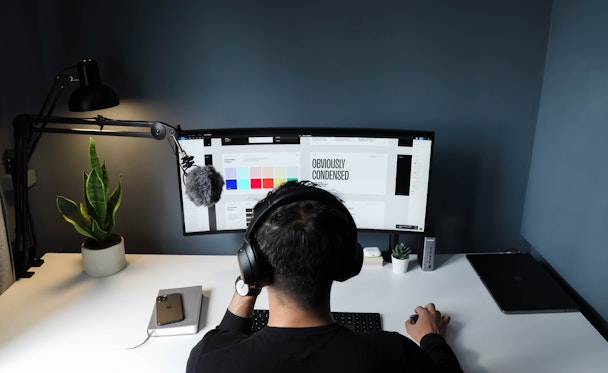Digital makes creative more unpredictable, fragmented and harder to scale: can automation solve this?
The place that automation has within creativity has been debated for some time. As creatives and designers are under more pressure to drive speed and scale, it is time to find an answer once and for all. The Drum and Celtra brought marketers from APAC’s digital-first brands Tigerhall and Pomelo together to get a glimpse of the future of creativity and automation.

This discussion aimed to look at how automation can help the unsolved issue of creative burnout in brand teams.
To view the full video, visit The Drum Creative Transformation website.
This discussion aimed to look at how automation can help the unsolved issue of creative burnout in brand teams. Changing consumer behaviour, new platforms, added product lines, growth into new markets and languages - all these factors add complexity to a creative’s job, let alone the pressure to speed up creative processes.
Megan Yulga, head of marketing at Tigerhall, spoke about the work she did at her previous job at Circles.Life to build out an in-house team that could respond to these expectations.
“In my experience, the biggest and the most noticeable thing is speed. With the rapid change and channels and technologies - you must create content for TikTok, LinkedIn, Facebook and Instagram, and everything else in between - catering for all the unique behaviours of consuming content across all of them has been quite a challenge. It really made us think about how we can move things more into business as usual, instead of having so many projects going on at once. Automation has really played a part in it,” she explains.
The creative production pressure tends to force bottlenecks on creative teams, which in turn means that talent isn’t doing the jobs they are best at. Balance is everything, according to Jean Thomas, CMO at Pomelo, who says that scale is important but so is quality.
Thomas explains that as a fast-growth company, it expects the number of brands and products on its platform to grow exponentially. Creative variety demands will follow suit.
“I urge you to find ways to scale your creative content production without reducing the quality. This could mean finding a way to template, re-utilizing some content, or repurposing it. You need to try to get to a level where you're able to still have some creative decency, without falling into the trap of bad creative,” he says.
The answer, for Raushida Vasaiwala, Celtra’s general manager for APAC, is automation, particularly the grunt work that allows the scaling of production, so that creatives can take care of quality and individuality.
“The one thing that a lot of marketers are cognizant of is that we don't want to jeopardize the jobs of our team members, which is absolutely right. That's how it should be. The goal is to strike that right balance to have the right number of resources and the tools to empower them. When you adopt automation, as Megan had, you're freeing up time to do some actual work. You get to optimally use your resources,” she said, “in terms of advice, if you're looking at adopting a technology, then you must think it through. It's not about just licensing it but looking at what that success plan would look like.”
To watch the full session, visit The Drum Creative Transformation Festival.
Content created with:

Celtra
Celtra Inc., empowers agencies, media suppliers and brand leaders alike with an integrated, truly scalable cross-screen HTML5 technology for brand advertising on...
Find out more